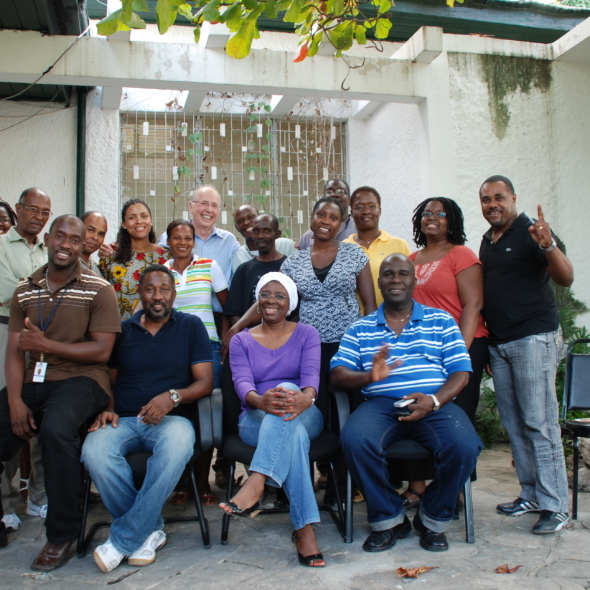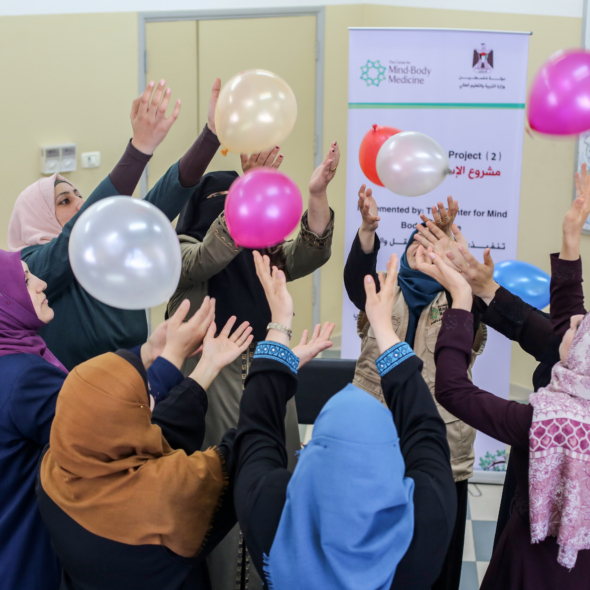The beginning of the school year is approaching, and with it, new sources of stress for kids and parents alike. Brushing up on your mind-body medicine toolkit, however, can help you calm feelings of anxiety and help your body return to homeostasis and calm.
Here are three of our favorite guided practices that you can practice with the children in your life to promote self-care and wellbeing.
Soft Belly Breathing
Soft Belly is a simple yet powerful concentrative meditation technique that can help children and parents start the day with a sense of calm and focus.
To practice this meditation with your child, first find a comfortable seat, in a chair or on the floor. Place one hand on your belly and another on your chest. Then, slowly breathe in through your nose. Feel your belly fill with air. Hold the breath for a few seconds, then breathe out through your mouth, allowing your belly to fall. Repeat for 5-10 minutes, focusing on the sensation of the breath and the rise and fall of your body. Then notice any changes you might feel, physical or emotional.
Soft Belly helps calm our sympathetic nervous system and awaken our parasympathetic nervous system, making even stronger the connection between mind and body. They can also be performed anywhere big feelings might arise: before a test, big game, or performance.
Remind your child that, any time they feel feelings of anxiety, they can find comfort in Soft Belly breaths.
Guided Imagery
Life transitions, like starting a new school year, can make anyone anxious. Through guided imagery and harnessing our imaginations, we can help little ones visualize a positive start to their school year and reduce anxiety about new daily routines and/or environments.
To practice guided imagery, find a quiet, comfortable space where you and your child can sit or lie down. Instruct your child to close their eyes, then close yours before taking some shared deep breaths. Begin describing your child’s favorite calming scenario—maybe describe their favorite play-pretend world, or their favorite family member’s house. You might also try describing a classroom. Encourage your child to dive deep into this scene, imagining associated sights, sounds, smells, and feelings. After a few minutes, once you and your child are ready to exit, slowly guide them back into the real world.
Guided imagery can help your child create a safe space to come back to when feelings of nervousness or anxiety arise.
Shaking and Dancing
Shaking and Dancing is an expressive meditation that can help children and parents release pent-up stress, anxiety, and hard feelings through disruptive effort and playful, free movement.
To practice Shaking and Dancing, put on your child’s favorite upbeat music. Encourage your child to mimic your stance: feet shoulder-width apart, knees slightly bent. Begin shaking your arms, legs, head. After a few minutes, begin dancing in whatever way your body wants. Continue for a couple of minutes, then return to stillness and notice the change in sensation.
Shaking and Dancing can help us feel a powerful emotional release. It can also introduce playfulness into otherwise tense or stressful situations, like starting at a new school or making new friends. Shaking and Dancing is most fun to do in a group, so get the entire family to get together and dance.
Interested in learning more about how to use mind-body approaches with kids and teens? As part our Advanced Training Program in Mind-Body Medicine, we offer a Children and Teens Track. Already completed our Advanced Training Program via the Adult Track? Check out our Children and Teens Workshop!


